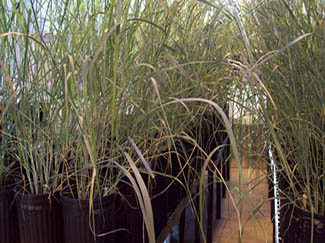

While food plants are not always the best at carbon sequestration (though still better than grass), they provide you with the amazing benefit of home grown food! For every bit of food you grow yourself, you eliminate the carbon emissions associated with the farming, delivering, storing, and shopping for food. The Canadian Wildlife Federation has a great tool for finding plants native to your province or territory:Īnother great option to reduce your carbon footprint is to plant a food garden in your yard. It is important to have a mixture of native shrubs, trees, wildflowers, long grasses, and cover crops, to keep these root systems biologically diverse and healthy. Mycorrhizal fungi are an integral part of a healthy soil biome because they store carbon from plants in the soil while giving the plants nitrogen and other essential nutrients. Native plants have the added benefit of storing carbon in the soil thanks to a process called carbon sequestration (also called carbon farming) because of their long, intricate root systems and their symbiotic relationships with fungi. Native wildflowers and other plants can be beautiful and give pollinators like bees and butterflies new habitats so that they can continue playing their vital role in our ecosystems. When you use native plants, you won’t have to water your garden, you won’t need to use loud, expensive, carbon-emitting maintenance equipment, and you will have the time and energy to actually enjoy your natural landscape. The solution is to use native plants to restore the land and most importantly – the soil. If you’re like me, you’ll want to use this land to reduce your carbon footprint as much as possible. So having a lawn doesn’t sound so great anymore, but what will you do with the piece of land where your grass grows? Then on top of everything else, grasses used for lawns generally have shallow roots which leave layers of soil under the lawn degraded, desertified, and void of biological diversity.Īll for what? An expensive crop that serves no purpose but to contribute to climate change? I’ll pass The water, fertilizer, and fossil fuels all contribute to the massive carbon footprint associated with maintaining a lawn. Not to mention all the time, money, and hard work you put into your lawn just to have it infested with dandelions week after week. Maintenance generally involves carbon-heavy fossil fuel powered equipment such as lawn mowers, trimmers, and blowers. The production of fertilizers and pesticides also have a huge impact on carbon emissions. At the time, I didn’t realize how the lawn care industry completely opposed many of my core values.Ī lawn requires lots of water and all kinds of nasty chemicals found in synthetic fertilizers and pesticides which can run off into nearby bodies of water and ruin ecosystems. When I first started Carroll Property Services, it was going to be mainly a lawn care business.


 0 kommentar(er)
0 kommentar(er)
